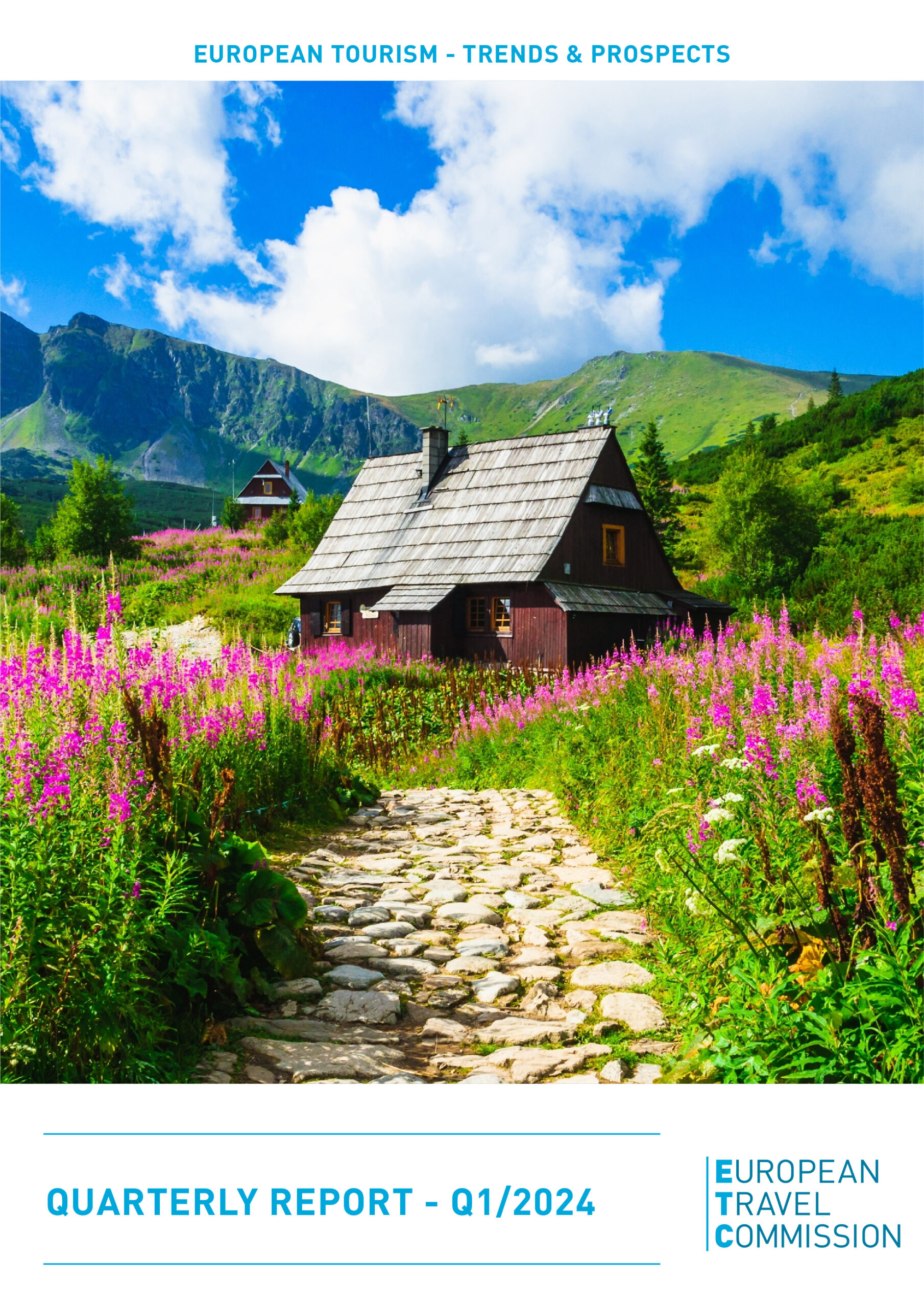Publication date:
May 2024
Language:
English

AS CONSUMERS CONTINUE TO PRIORITISE TRAVEL EXPERIENCES, 2024 IS SET TO BE A BUSY YEAR FOR EUROPEAN TOURISM
Data across reporting destinations shows that Europe is experiencing sustained growth in international tourism volumes. With the most recent data available for the full year of 2023, foreign arrivals reached 1.2% below 2019 levels, while foreign overnights recovered to just 0.2% below. This revival continued into the first few months of 2024, which – although based on a smaller number of reporting destinations – showed an increase of 7.2% and 6.5%, respectively, over the same period in 2019.
Year-to-date arrivals data shows that trends regarding the spread of travellers across European destinations have continued from 2023 into 2024. Southern European destinations, and especially those known for their relative affordability, have excelled in attracting international visitors in the first months of the year. Serbia (+46.9%), Bulgaria (+38.8%), Türkiye (+35.3%), Malta (+34.8%), Portugal (+16.9%), and Spain (+14.0%), reported the highest growth rates compared to 2019. Meanwhile, the Baltics continued to lag in their recovery, with international arrivals below 2019 levels for Lithuania (-14.0%), Estonia (-15.1%) and Latvia (-33.5%).
Consumers will continue to prioritise spending on travel over other leisure expenditures in 2024, leading to higher volumes of travellers from intra-European and long-haul markets. Forecasts suggest tourists will spend €742.8bn euros in Europe in 2024, a rise of 14.3% on last year. Travellers’ expenditure on food and beverages is projected to surge by 30% compared to 2023, posing good prospects for providers of gastronomic experiences in Europe. Similarly, growth in spending is expected for recreation, culture and sport (+27%), retail (+23%), transport (+23%) and accommodation (+19%), driven by both inflationary pressures as well as demand preferences. A balancing act will be required from suppliers to ensure that higher prices do not lead to poorer perceptions of value-for-money.